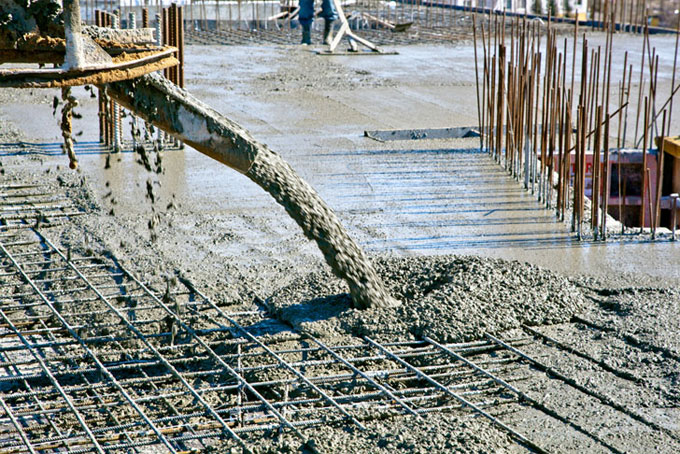
Advanced Concrete Technology

Ready to mix concrete first used 100 years ago but nowadays concrete is the most used construction material because of its versatility, cheap cost and flexibility.
Though the basic concept remains unchanged but a huge development happens in construction history like cementitious material, addition of mineral and admixtures. Advanced method of production and high performance of concrete provide the new era affordable, environmentally friendly solution for most demanding industry.
Various requirement of customers, technologies, desire for more suitable construction method increases the demand for various innovative ways. The three main problem which prevent to achieve the top level are structural safety, experimental knowledge base, market nook and critical mass.
Though there are many problems but there is a plenty number of success like high strength concrete, fiber reinforced concrete, self-compacting concrete is existing in history of advanced technology in the last 30 years.
Cementitious Technology
Nowadays advanced technology increases improvement of performance of traditional cement. Now alternative fuel uses in cement that reduces the impact on environment of cement production. In previous time cement production produced very much of co2. But now with the new technology cement production now successfully reduce the amount of co2.
The Ground Granulated Blust Furnace Slag
GGBS stands for ground granulated blust furnace slag. This thing is product from iron. This is formed when the blust furnace slag is melted and quenched. The GGBS is used for 50% replacement of CEM I component of the mix. But in specialist application it can be used up to 90%.
When GGBS is used at 40% then the improvement to prevent chloride attack is realized. It also increases the resistance power against sulphate attack. This improvement is recorded by British Standard where application of GGBS replacement is highly recommended.
GGBS also reduces the harmful alkali-silica reaction and national guidance documents recognized the improvement. One more advantage of using GGBS is lower heat of hydration. It is very popular in mass structure and it also reduces the issues of high temperature development.
There are few barriers of using the GGBS in ready to mix concrete. The problems are
1. Additional storage capacity is required.
2. Requirement of additional quality control.
3. In cementitious content small increase is happened where 28 days strength is required.
4. In cold weather setting time is been extended.
Pulverized Fuel Ash
PFA stands for Pulverized Fuel Ash. It is a product of coal fired power stations. The pozzolanic reactivity is documented when it is used in conjunction with Portland cements. For producing factory blended cement, it can be interground with cement clinker or it can be mixed with concrete mixer. These two types of method are used in UK. PFA is mainly used up to 30%. the growth of PFA is lower than productivity of GGBS.
Requirement while using PFA
1. Additional storage capacity is required.
2. Additional quality control is required.
3. Increasement of cementitious content is very much required if 28-day strength is necessary.
Microsilica
Microsilica is made by silicon and ferrosilicon. This microsilica is highly reactive and reduces porosity of concrete.it is used to increase the properties of high-performance concrete and it also used at additional rate by the weight of cement.
Advantages
A. To increase the sustainability.
B. To prevent abrasion.
C. To increase the strength performance of concrete.
Disadvantage
A. This microsilica is way more expensive than cement.
B. Use of this application is not suitable for high strength concrete.
Metakaolin
This is made from calcining kaolin between 700 to 900? C for producing reactive pozzolan when it is mixed with CEM I. it is an addition for producing high performance concrete. There is very low addition rate of mineral than others like GGBS, PFA, and microsilica.
Admixture Technology
This is the highest technology and by using this designer can take advantages the benefits of the material.
Water Reducing Admixture
This is the most common and popular admixture. It is used for reducing the water content and also maintain the ability to work and reducing the cement content.
High Range Water Reducers
This admixture helps to increase the consistence of concrete and also maintain the strength. This high range water reducers are occurred with the development of PCE based products. Though the PCE based products can be manipulated for modifying their impact on concrete.


